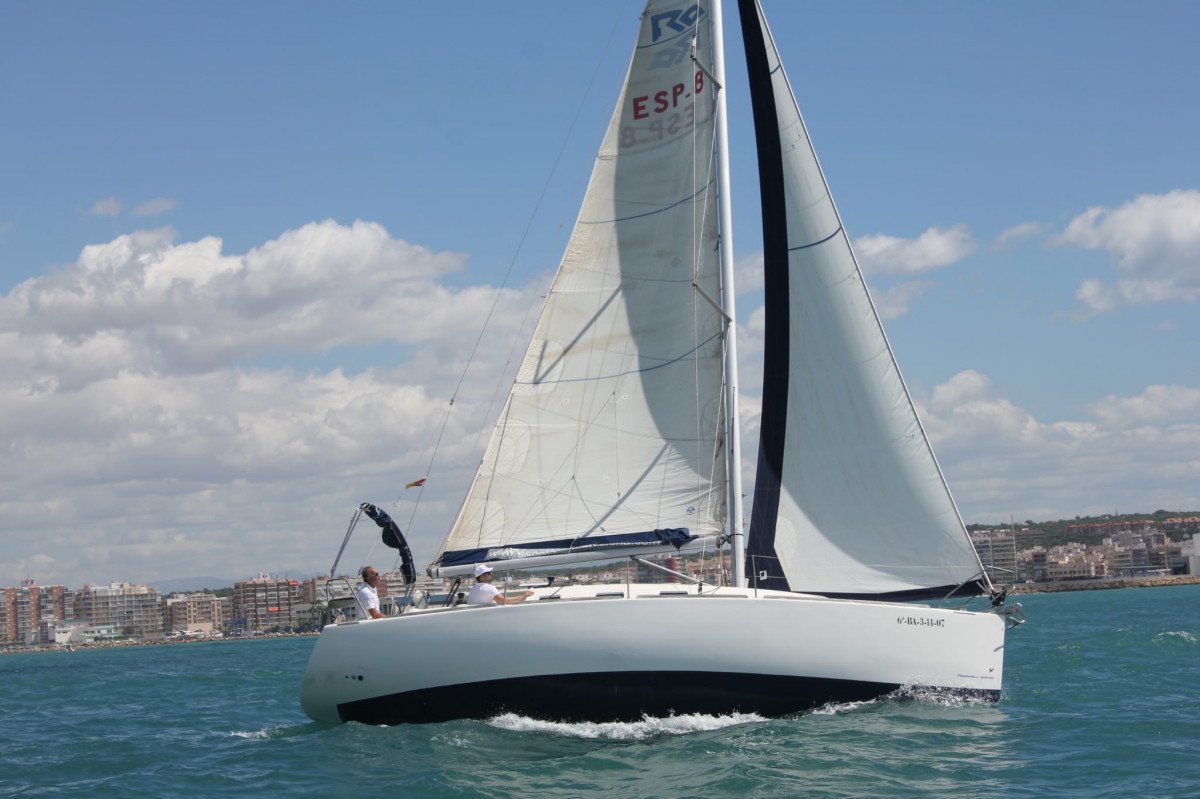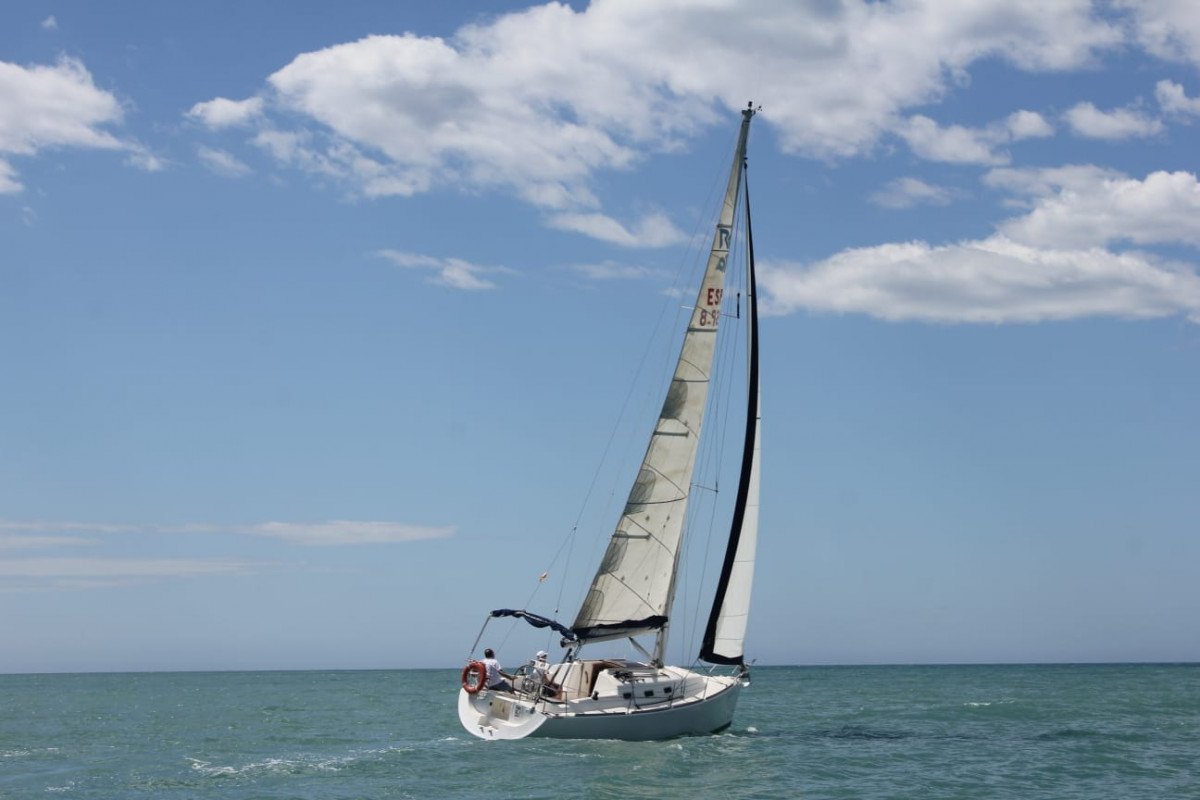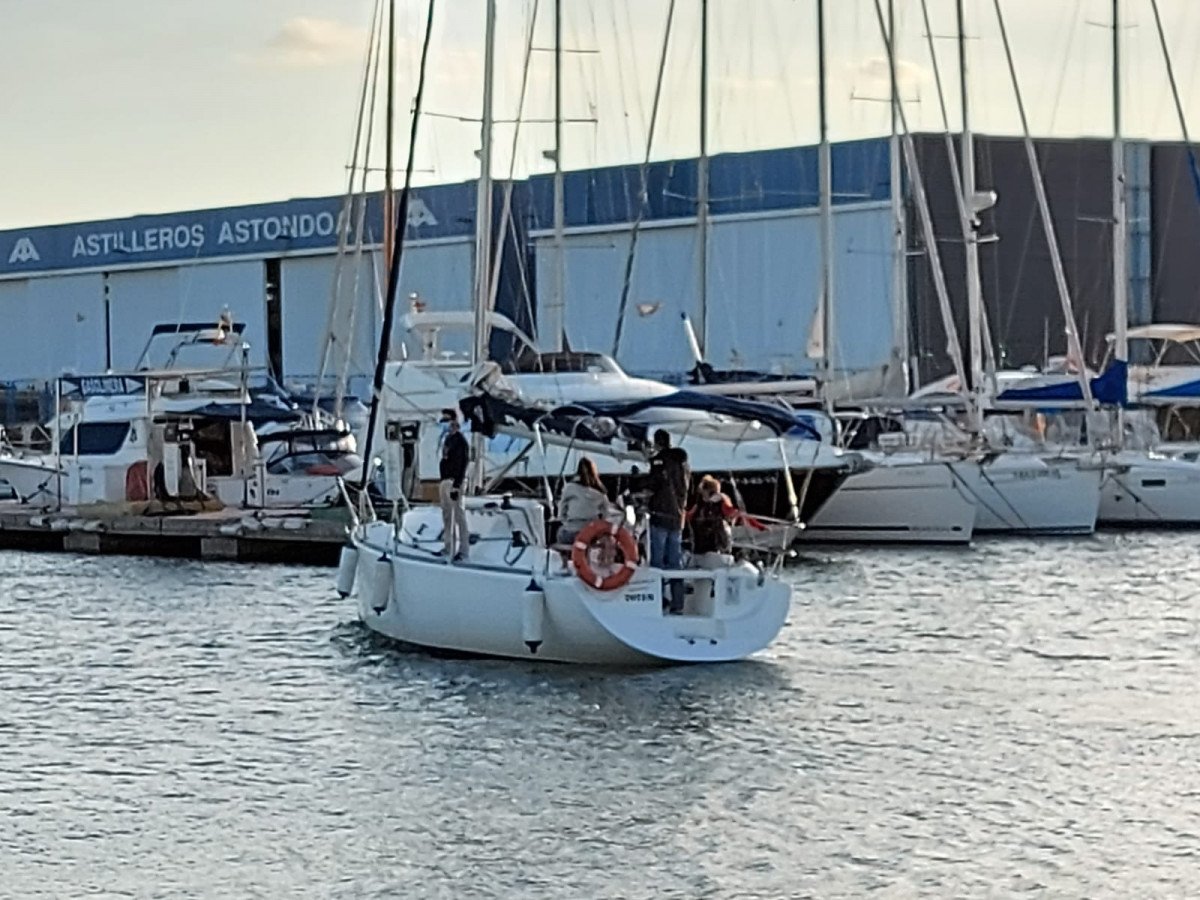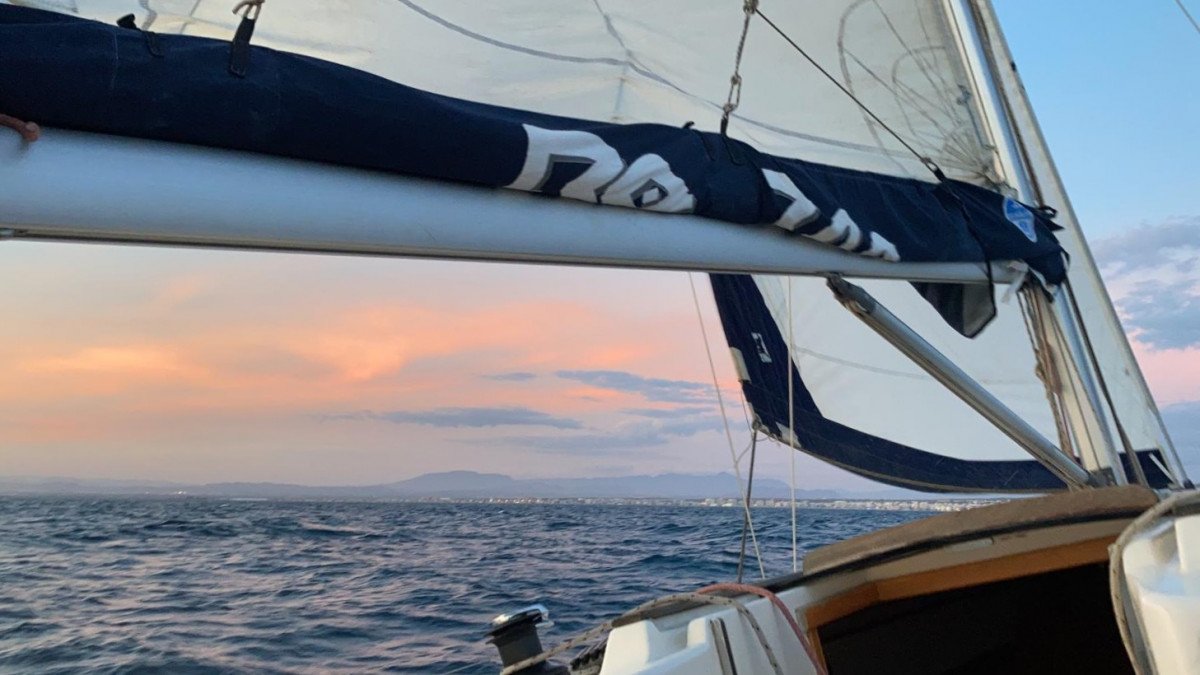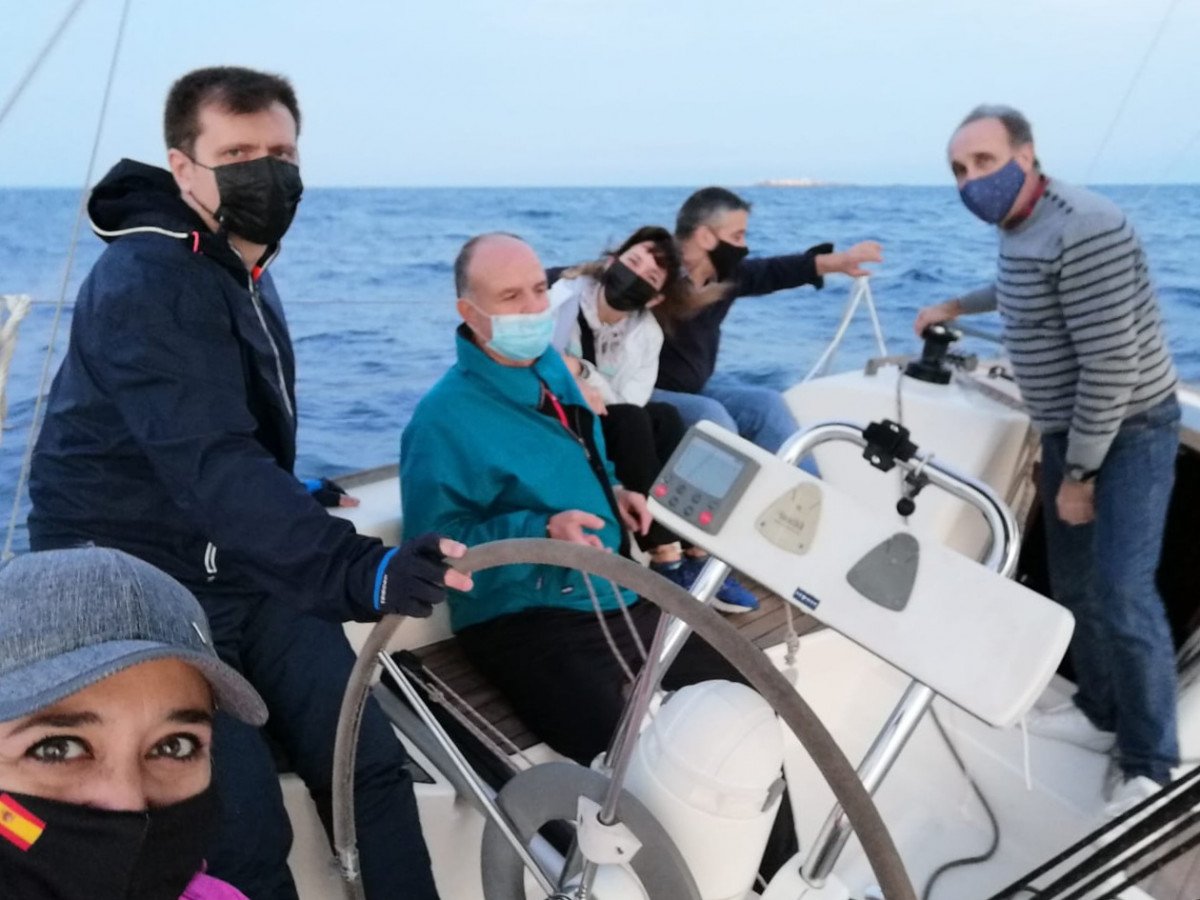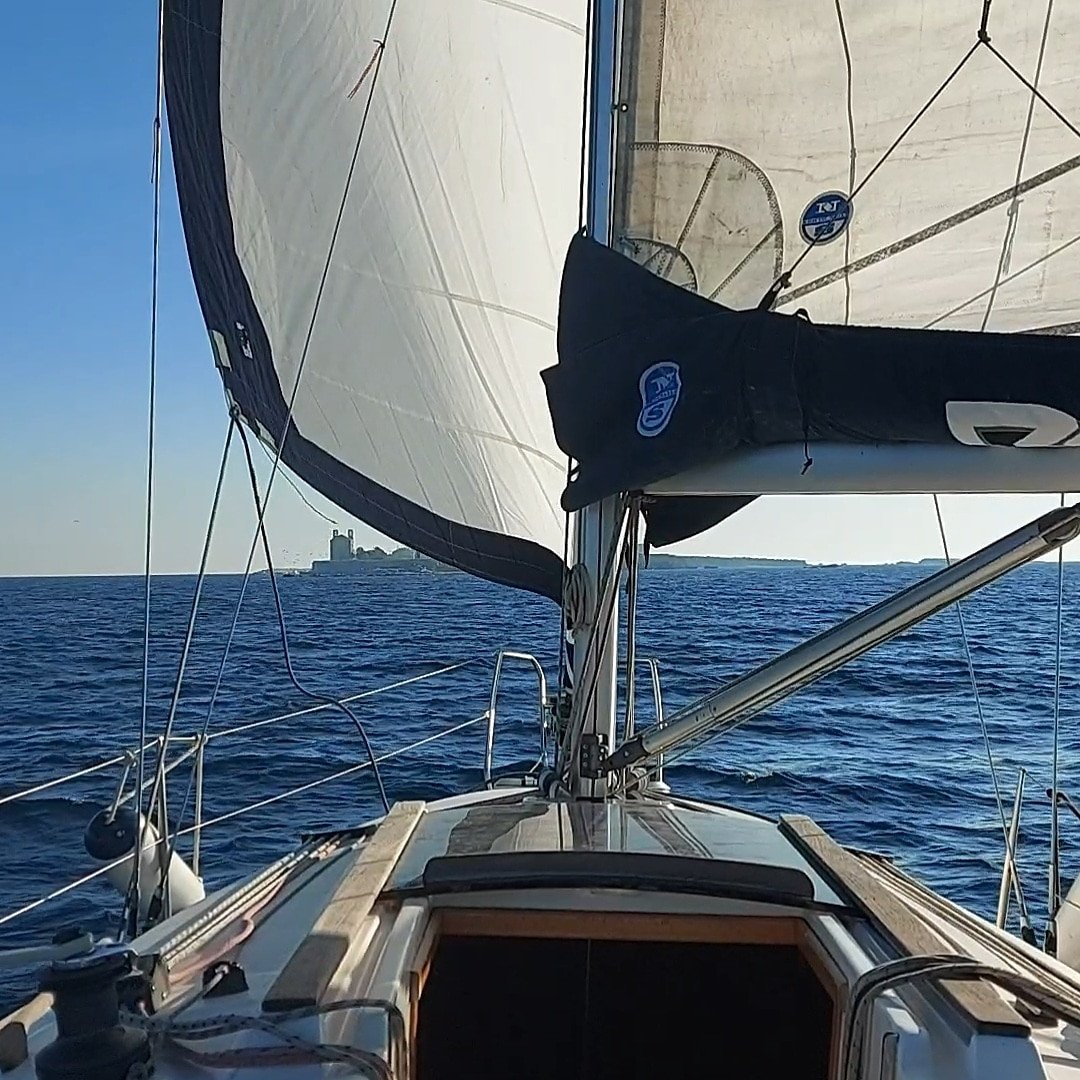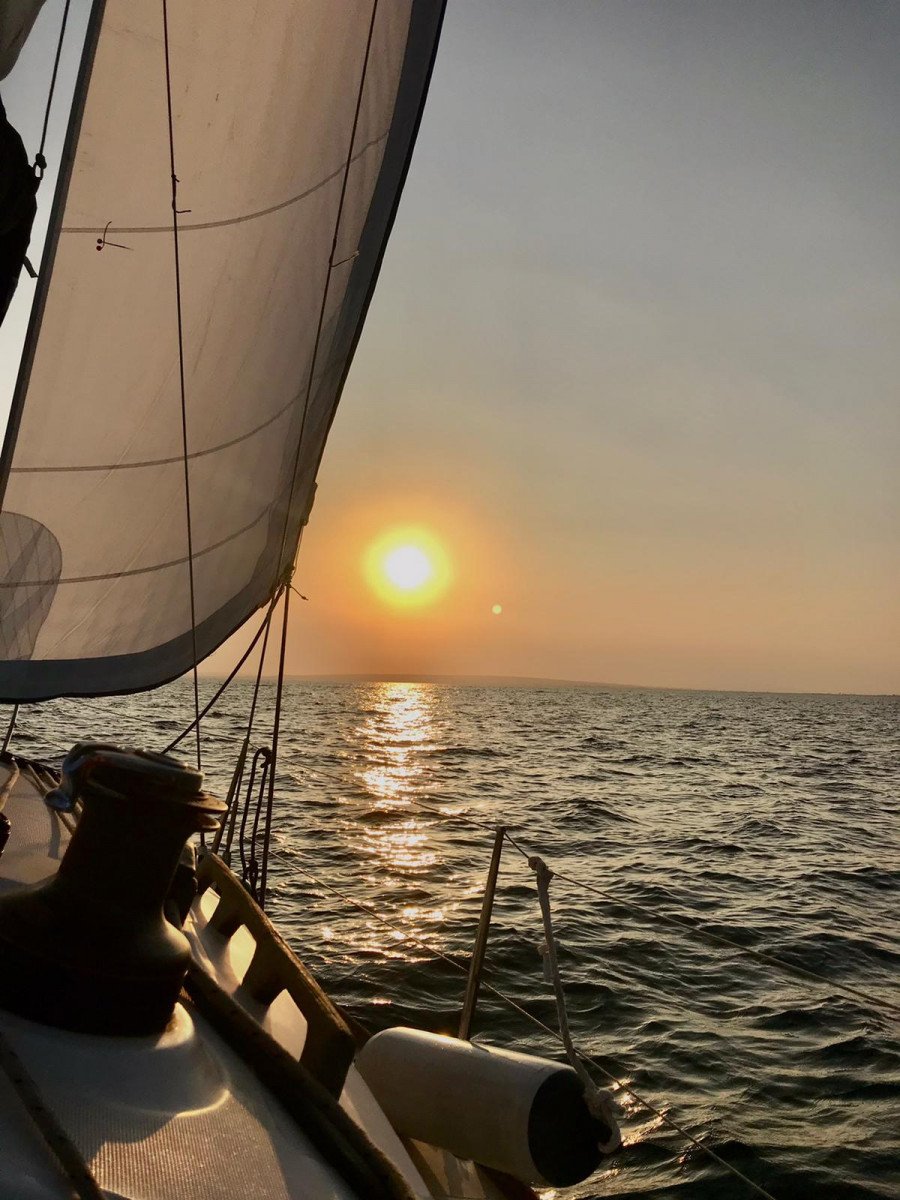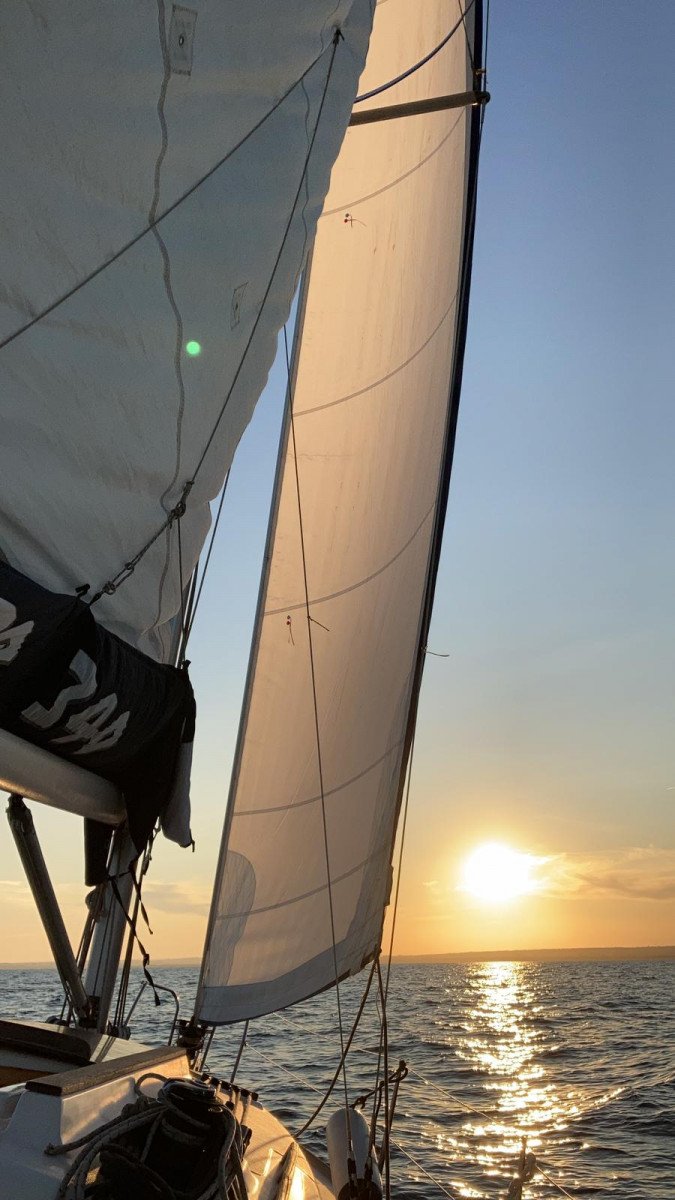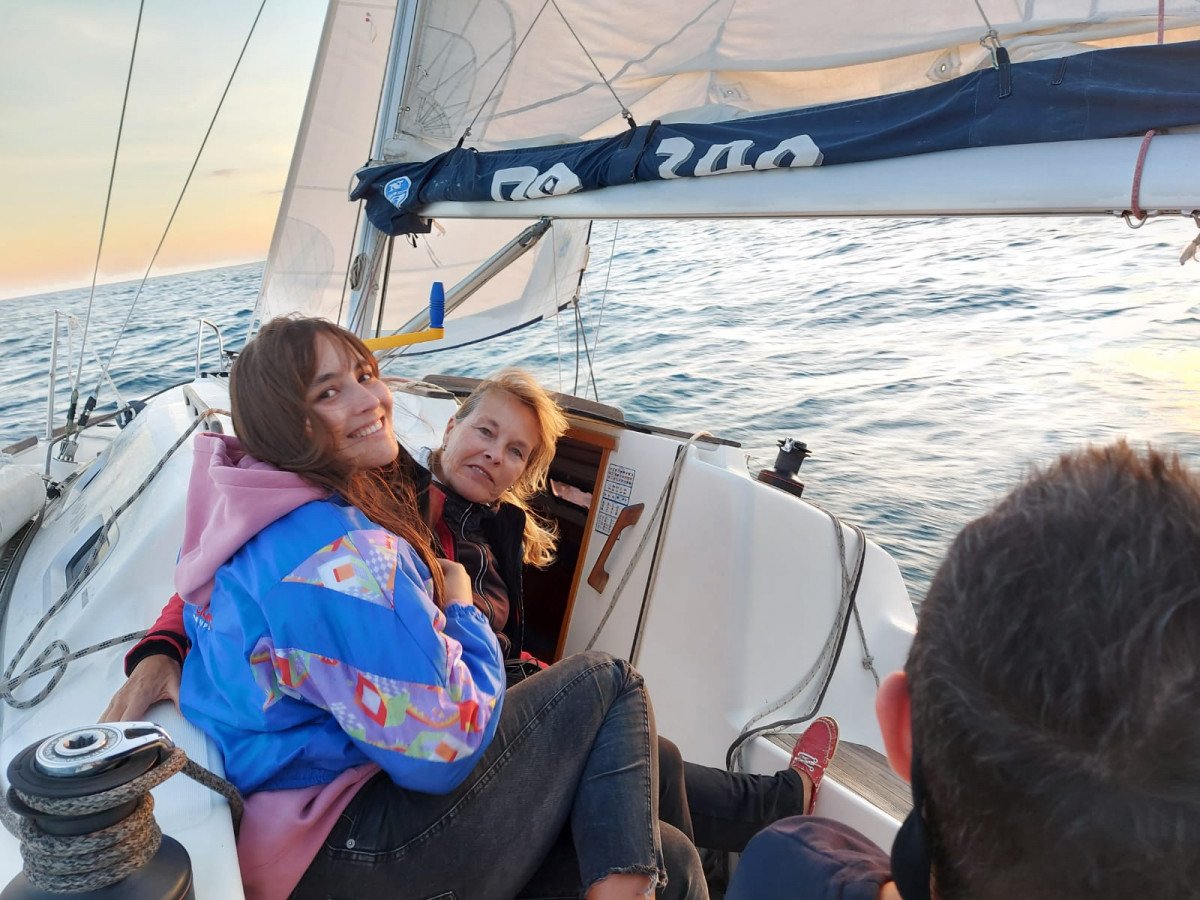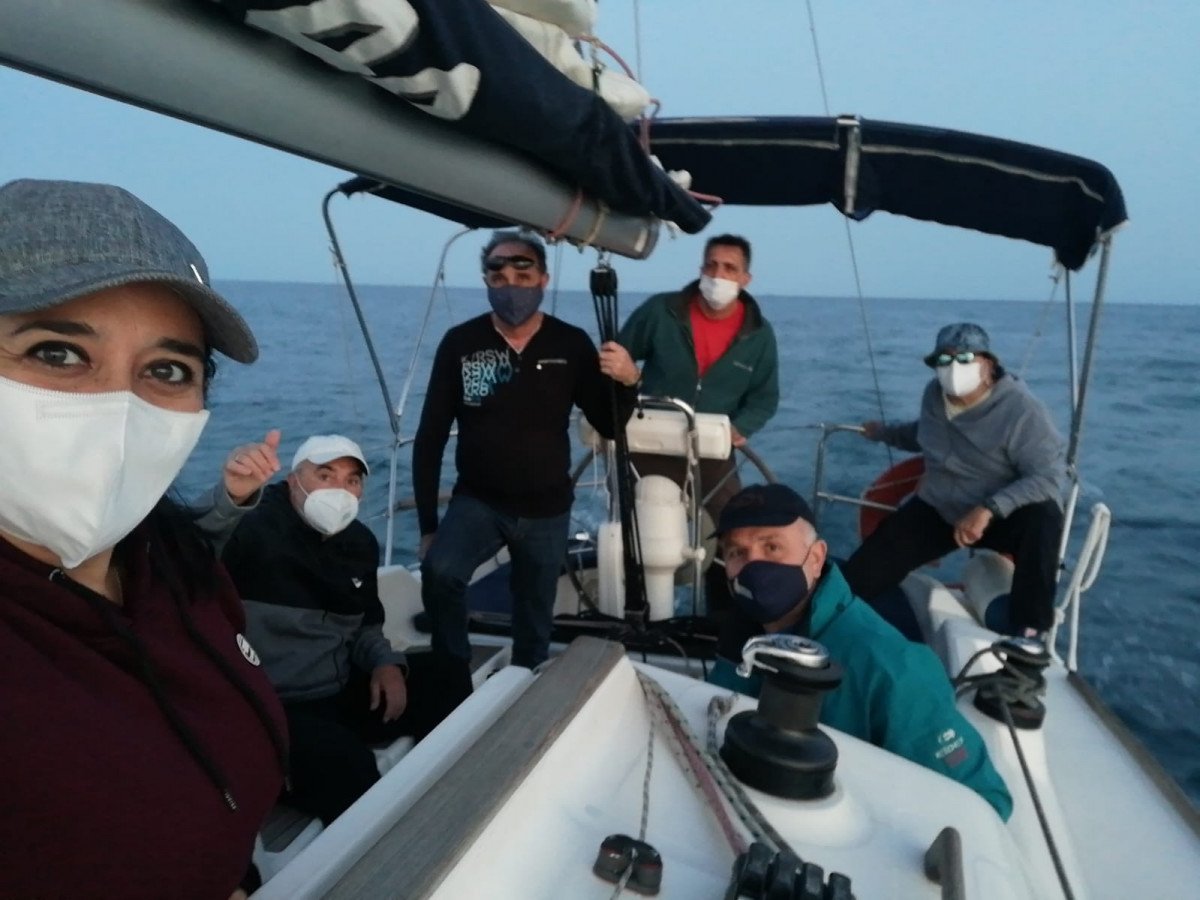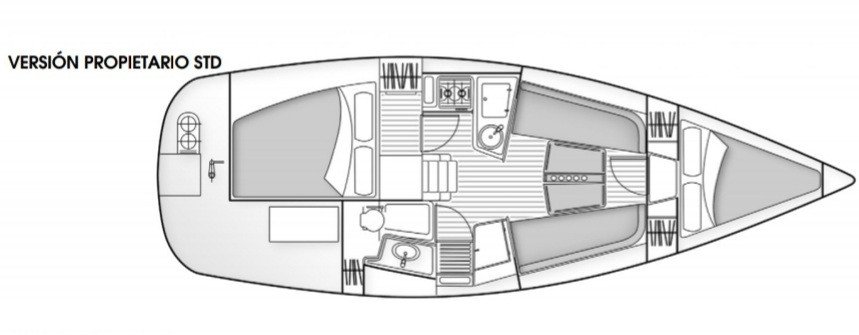Regulatory practices for pleasure craft skippers (PER).
We will carry out the regulatory practices to obtain the PER (Recreational Boat Pattern) with the RO 34O, from our School approved by the Department of the Valencian Community with a base port in Marina Miramar in Santa Pola.
Current regulations establish that in order to govern a boat you must carry out navigation practices and provide a certificate from an approved school of having completed the navigation practices stipulated by law.
These practices are mandatory to be able to govern a boat, current legislation establishes that they must last 16 hours, we carry them out in two days with hours from 10:00 to 19:00. They will be carried out through the bay of Santa Pola, Guardamar and Isla de Tabarca. The official program published by the General Directorate of the Merchant Navy is followed.
In port, we will plan the route we are going to take in our bay according to the weather conditions and we will comment on the weather forecast, we will teach you how the different navigation elements work.
Programming of navigation practices for Recreational Boat Skipper:
Point 1. Safety and checks before going to sea.
Knowledge and handling of safety material, review of the critical points of the boat and checks prior to departure to sea.
Point 2. Firefighting and firefighting planning.
Route planning: Identification of the area to navigate, status and capacity of the crew and interpretation of weather forecasts. Firefighting issues.
Point 3. Engines and electrical installation.
Identification of the elements of the propulsion installation and the electrical installation. Engine starting and operation checks.
Point 4. Maintenance of the boat, pollution prevention and cables.
Maintenance of the boat and its elements. Precautions depending on its material. Antifouling. Prevention of marine pollution. Handling basic ropes and knots.
Point 5. Maneuvers.
Dock maneuvers, docking and undocking. Safety speed.
Point 6. Anchoring, surveillance and route control.
Anchoring maneuver and course control and RIPA rules. Identification of marks and beacons. Reverse course and precautions when navigating at night and with limited visibility.
Point 7. Navigation.
Practical aspects of navigation, such as determining the total correction due to leading, the situation due to delays, leading and GNSS equipment, as well as graphic dead reckoning. Use of the probe and the slide. Quick positioning on the chart. Recognition of the coast, delays and security fence.
Point 8. Safety maneuvers.
Man overboard maneuver, using the MOB function of the GNSS equipment, and tow giving and receiving maneuvers. Precautions will also be taken into account in rescue from boat and with helicopters.
Read more
